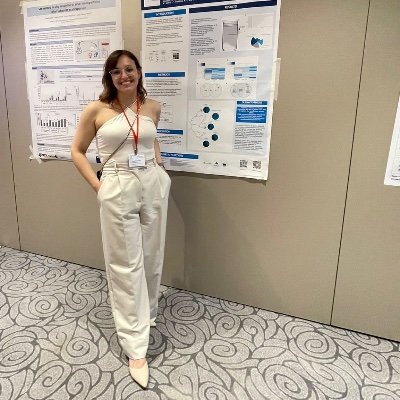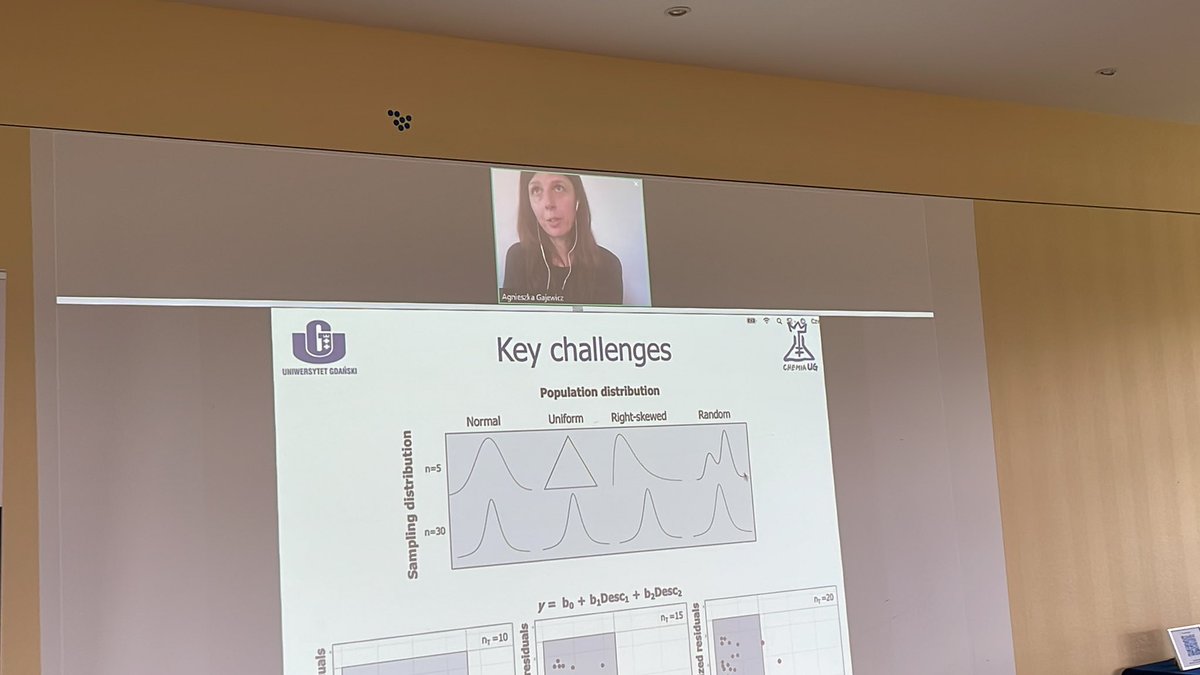#beilsteinnanoinformatics search results
What an incredible location for the #beilsteinNanoinformatics symposium! Discussing science in the picturesque Rüdesheim am Rhein, distracted by the coziness of #autumn colours. 🍁🍂 #Scientists life can be beautiful sometimes! 👩🔬 @BeilsteinInst



The #beilsteinNanoinformatics symposium took an afternoon stroll in the Niederwald today. Fantastic weather and refreshing afternoon @BeilsteinInst @BarbaraHissa @wendympatterson @pennynymark @iseult5

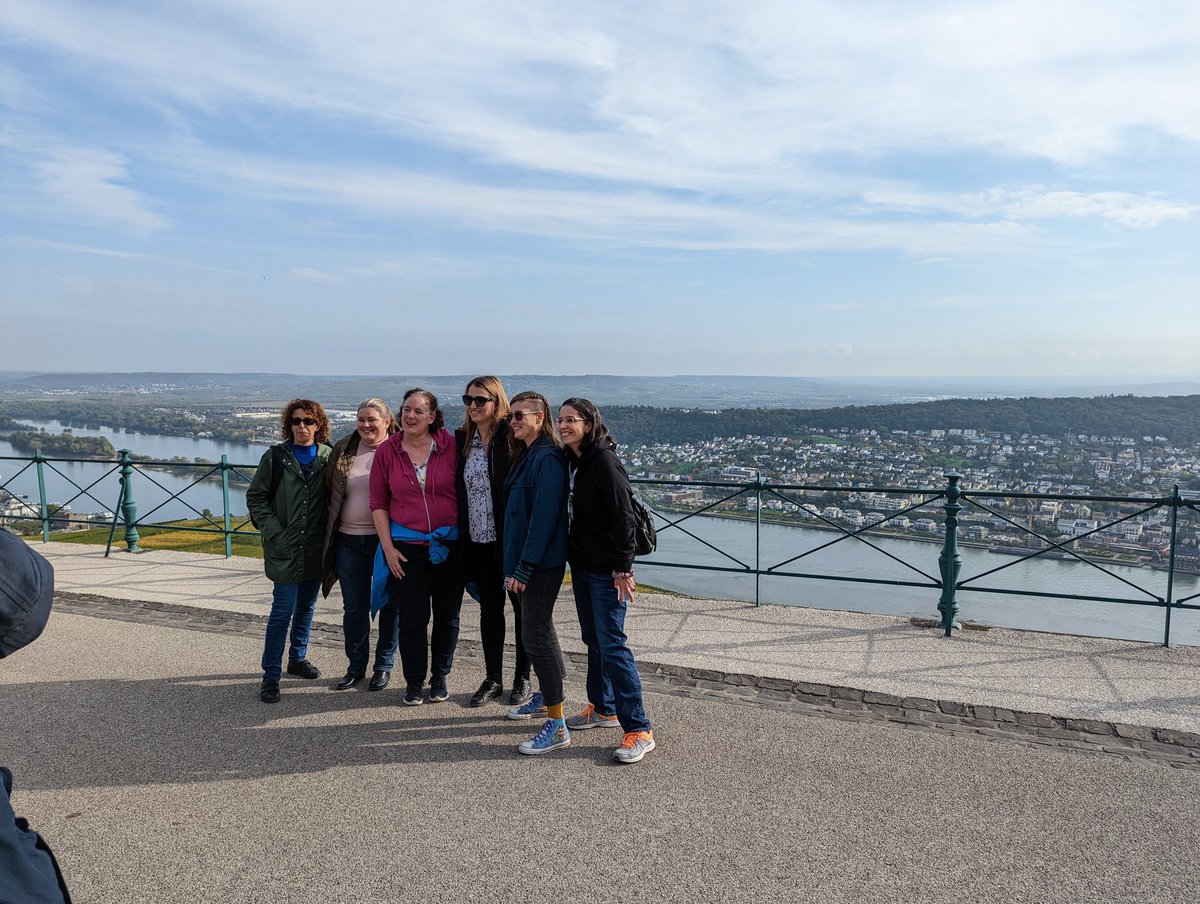


This week after the #BeilsteinNanoInformatics symposium, I was in gorgeous Bayreuth for the SPP Nitroconversion kick off. Excited to work as Mercator fellow with friends old #ALDevi @jean_glauber and new, the DLR/Oldenburg groups. @LabMarschall @TyndallInstitut
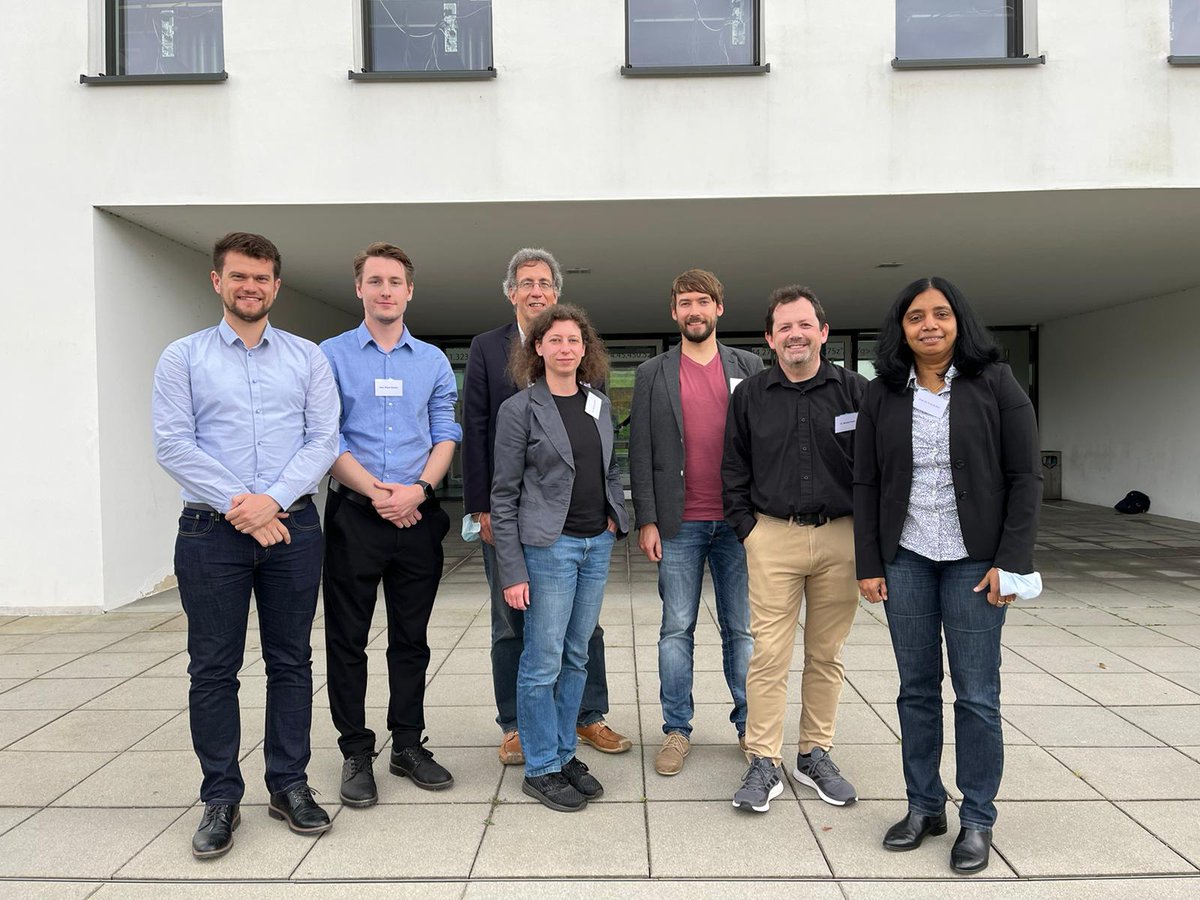
Prof. @iseult5 is kicking off the #BeilsteinNanoinformatics symposium happening this week in Rüdesheim, Gemany. We welcome all the participants who are attending the conference in person and online!
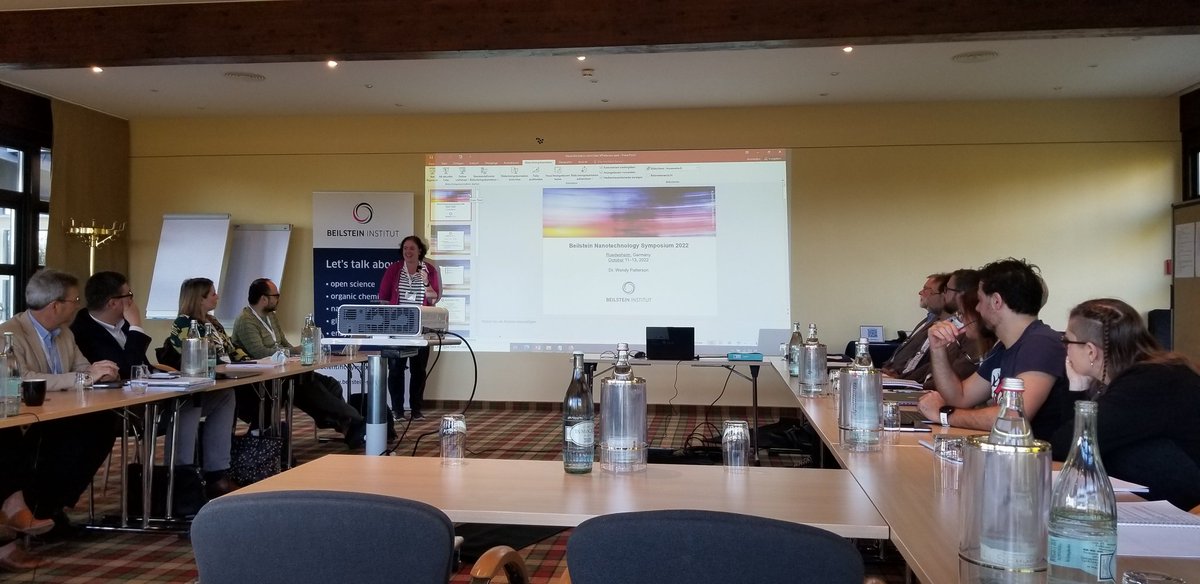
Interesting work presented by @pennynymark @karolinskainst about the Risk Assessment and Policy #SciRAPnano tool to investigate the reliability of in vitro toxicity studies of chemicals. #BeilsteinNanoinformatics
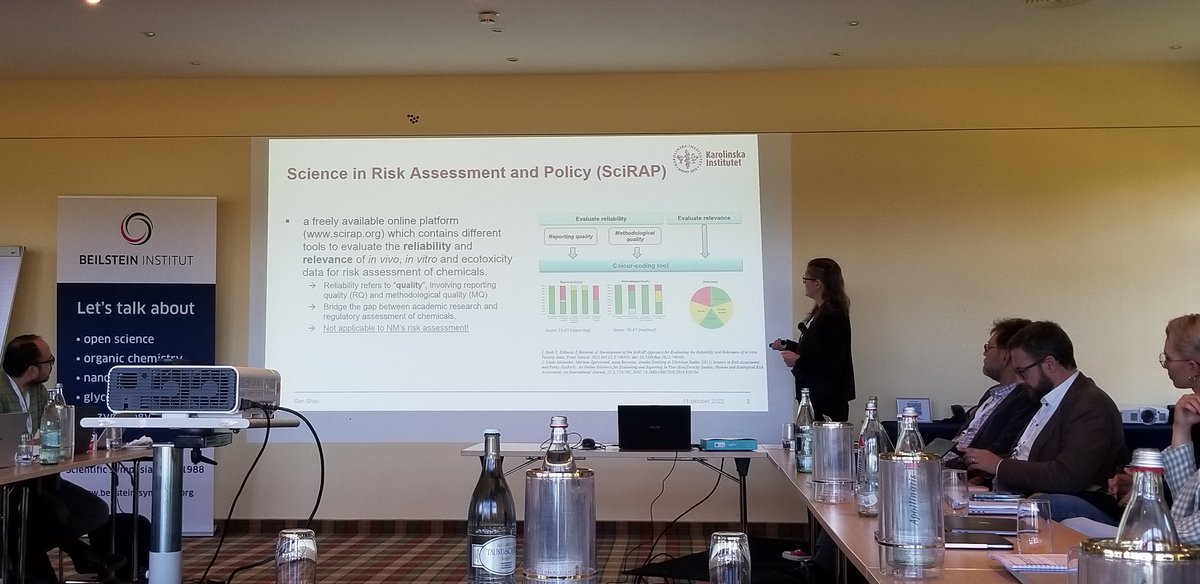
Grouping could be used to develop thresholds of toxicological concern for nanomaterials ! Mark tells us #beilsteinNanoinformatics
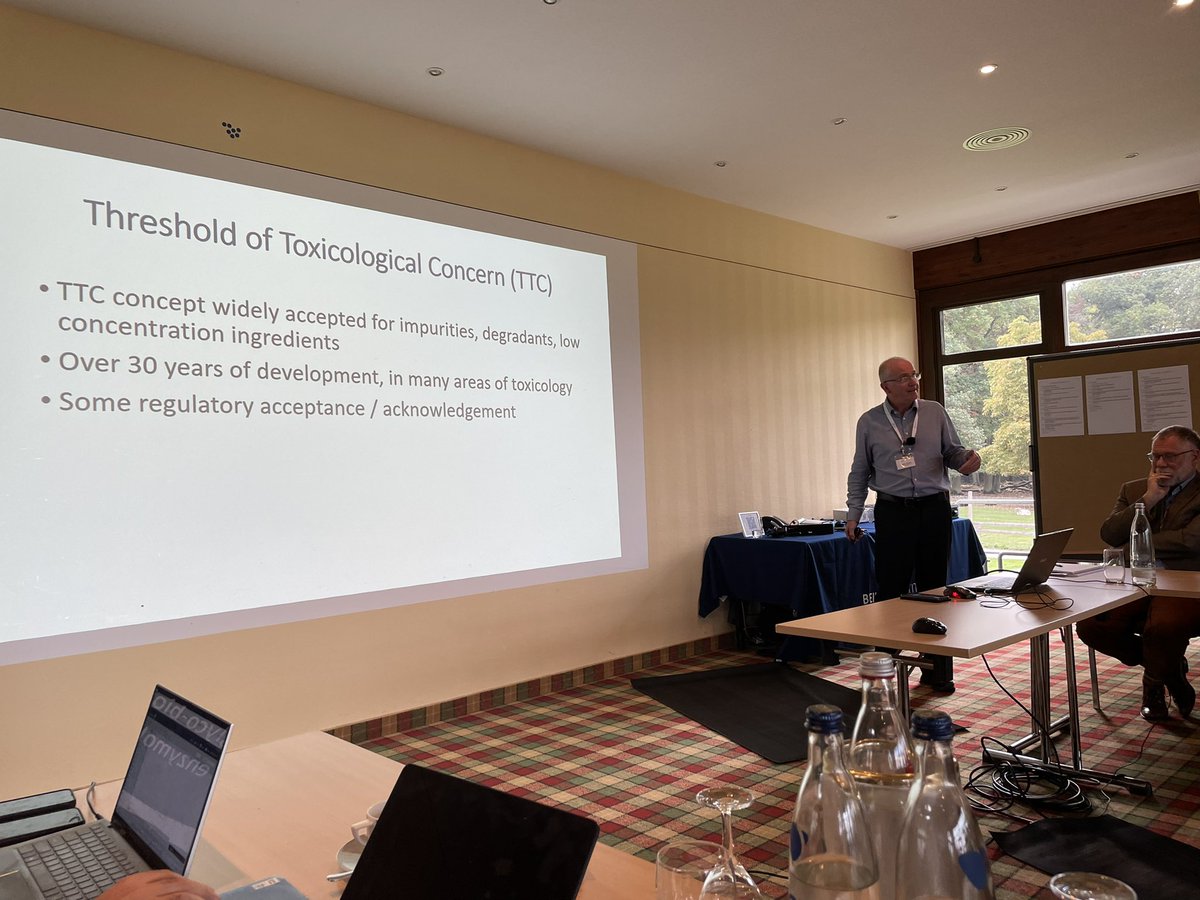

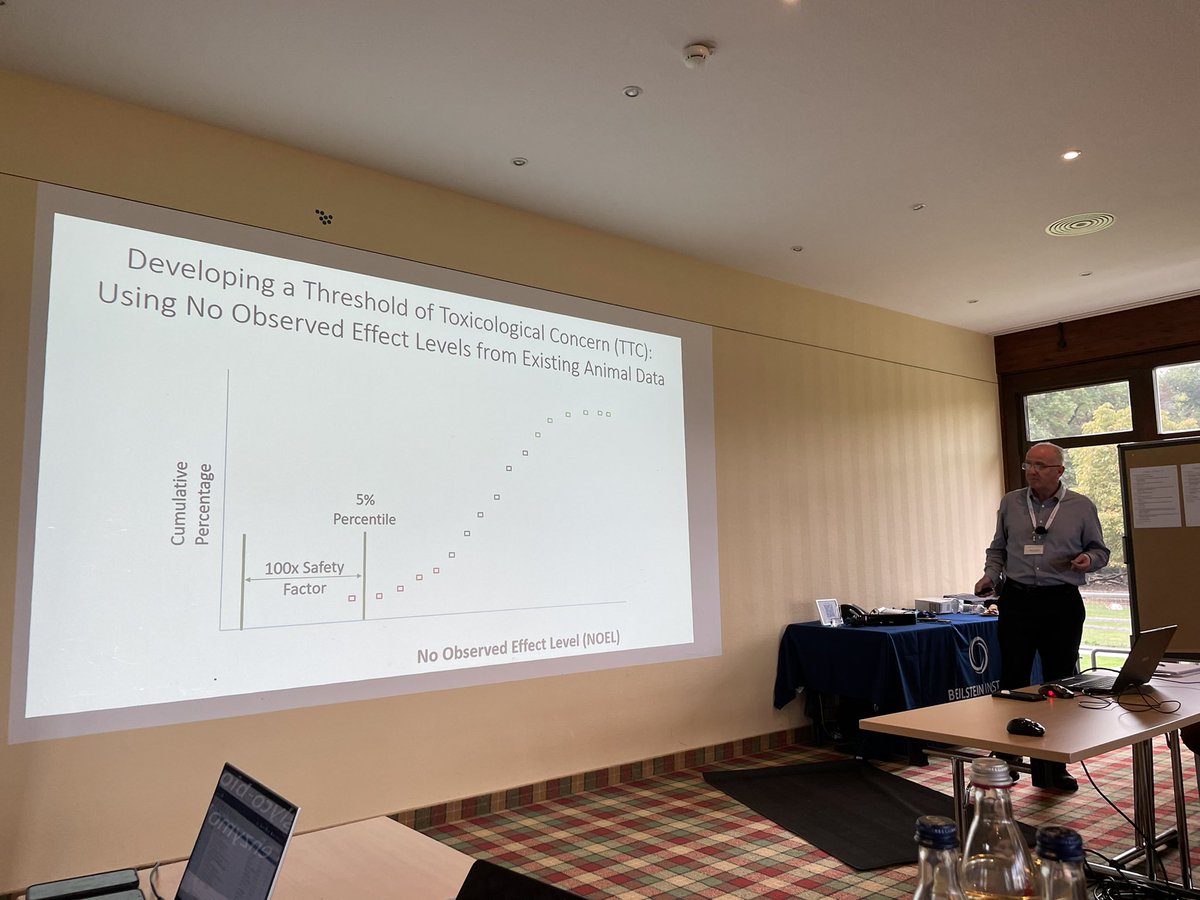

Dissemination is key. Our @dariog_helsinki presenting where we are in the world of integrated approaches for chemical safety assessment at #beilsteinNanoinformatics symposium. Great times ahead! 🧪💊 @FhaiveT @fin3rc @TampereUniMET @nanoinformatix @NanoSolveIT #iata


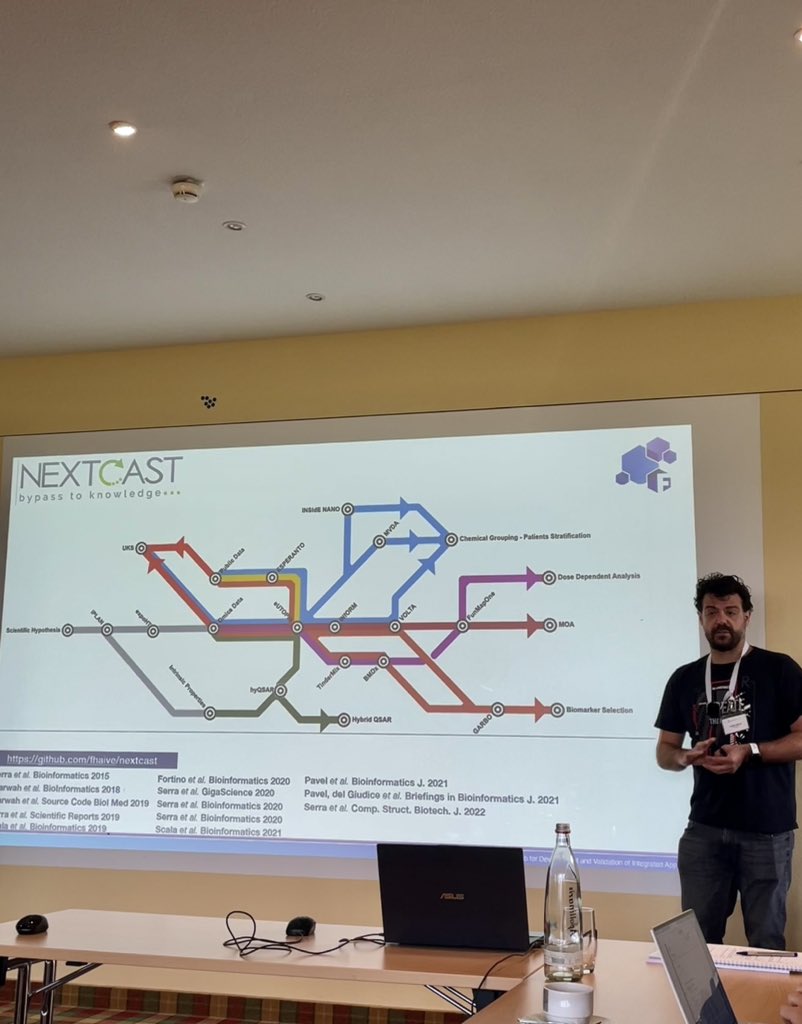

First papers appearing on NGRA and Mark suggests which of the 9 principles of NGRA that we are / can progress for nanomaterials! Can’t say that something is safe - just that there is a high probability something is safe! #beilsteinNanoinformatics
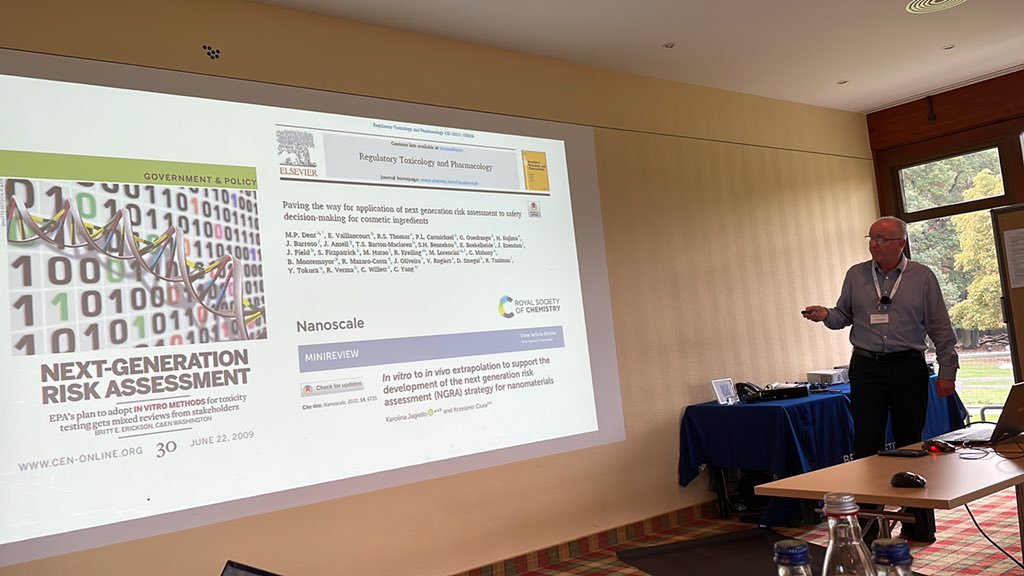
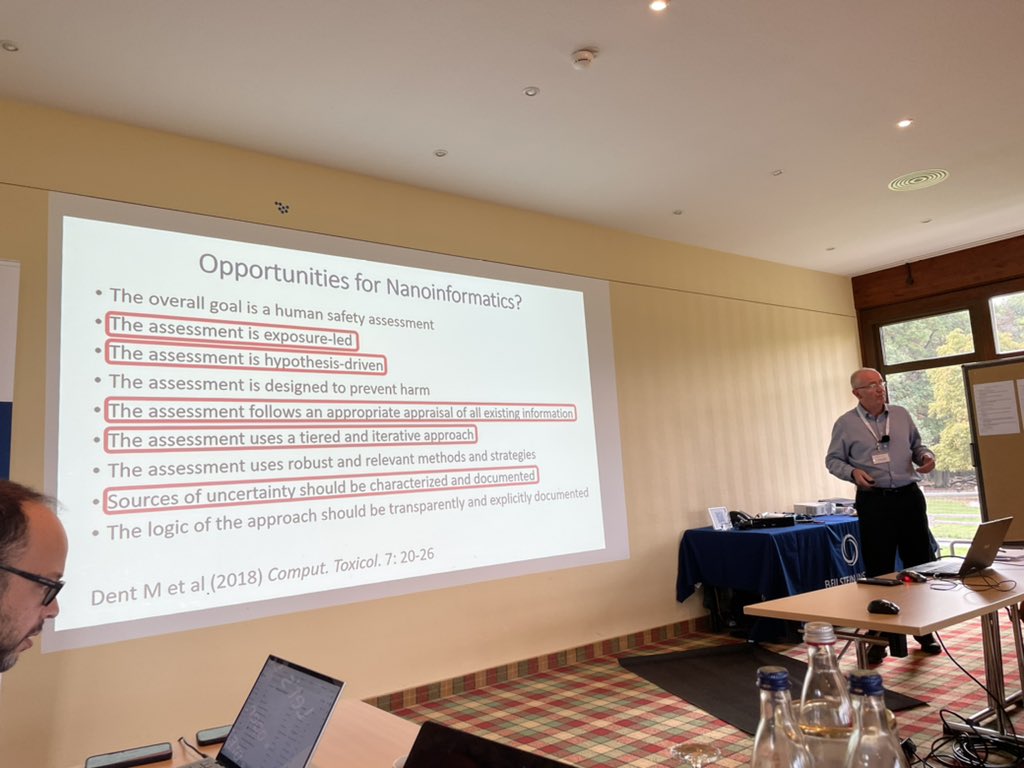
Marks’s take on read-across - am sure many of us will re-use this image! Hypothesis-driven hazard assessment based on molecular initiating events - not all MIEs / QSARs are the same - can use read-across-QSARs to optimise! #beilsteinNanoinformatics
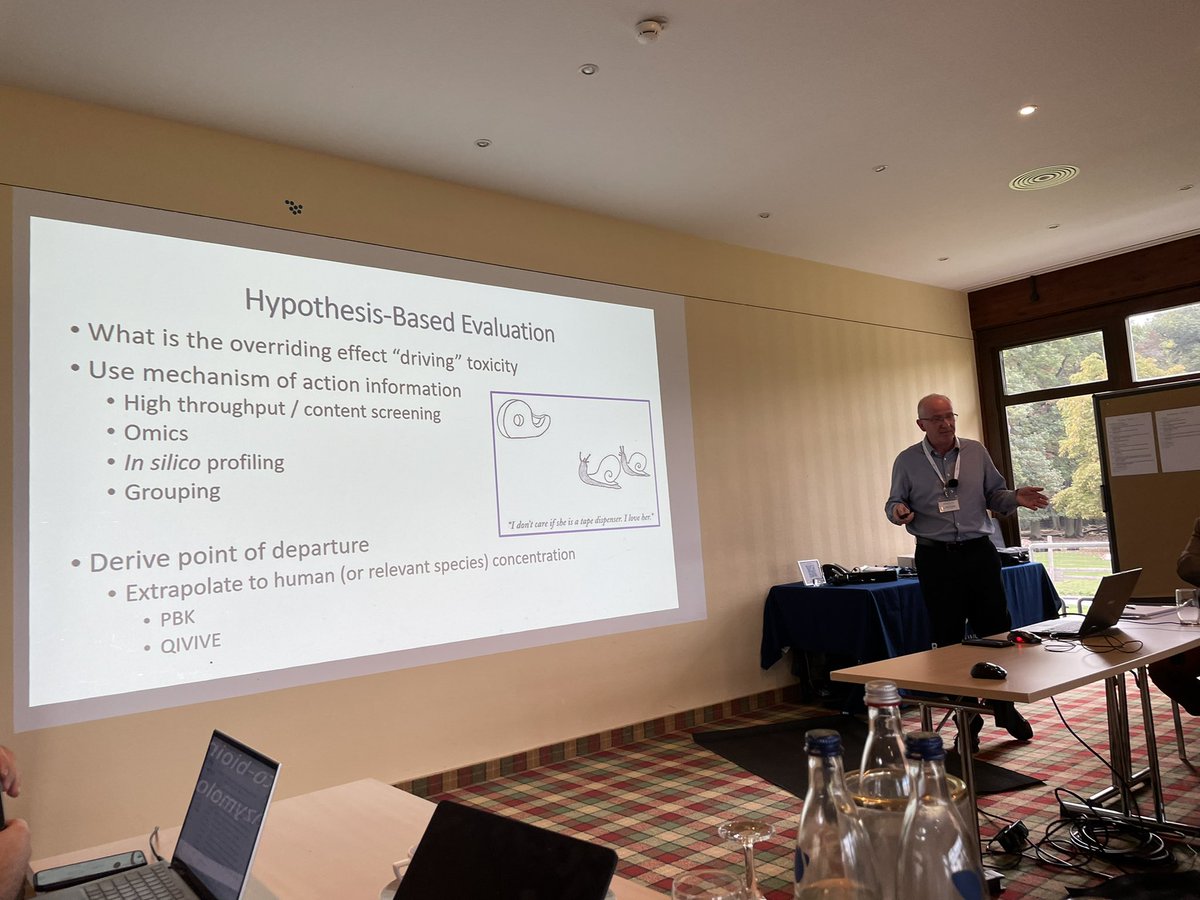
Prof. Vladimir Lobaskin @ucddublin is presenting a systematic approach to evaluate in silico the interactions at the bio–nano interface to understand protein–nanoparticle interactions. #BeilsteinNanoinformatics @BeilsteinInst
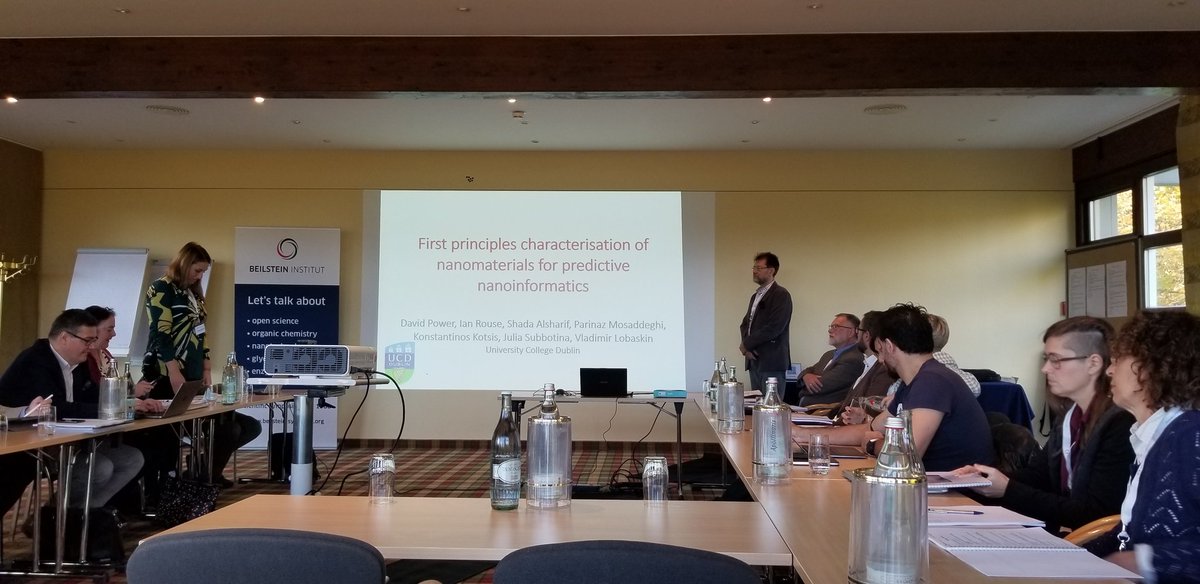
Mark summarises key challenges and reflects on what he has heard this week at the #beilsteinNanoinformatics symposium that we can address with nanoinformatics tools and approaches! Yeah! What kinds of questions do we need to answer & can we do that?
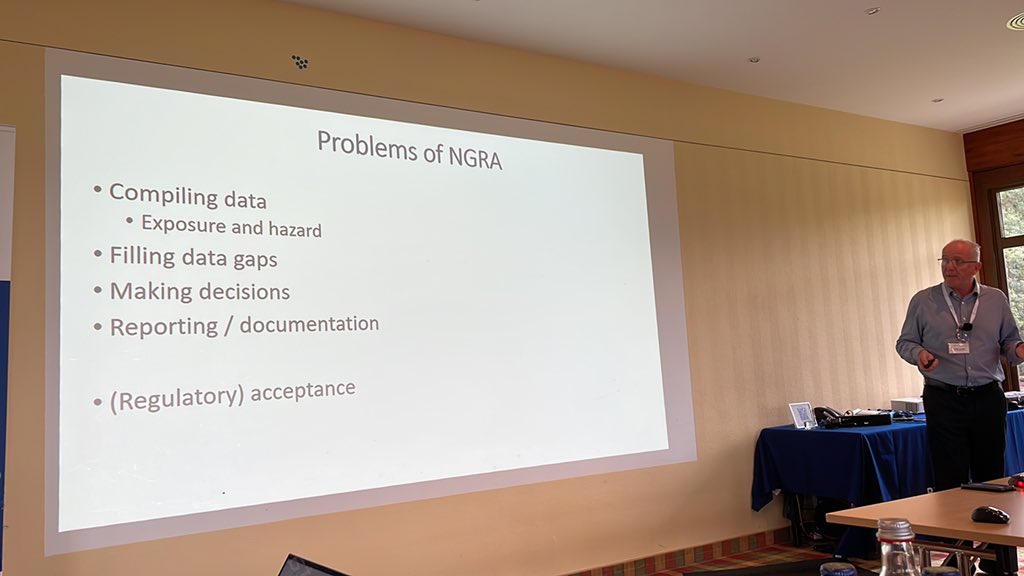

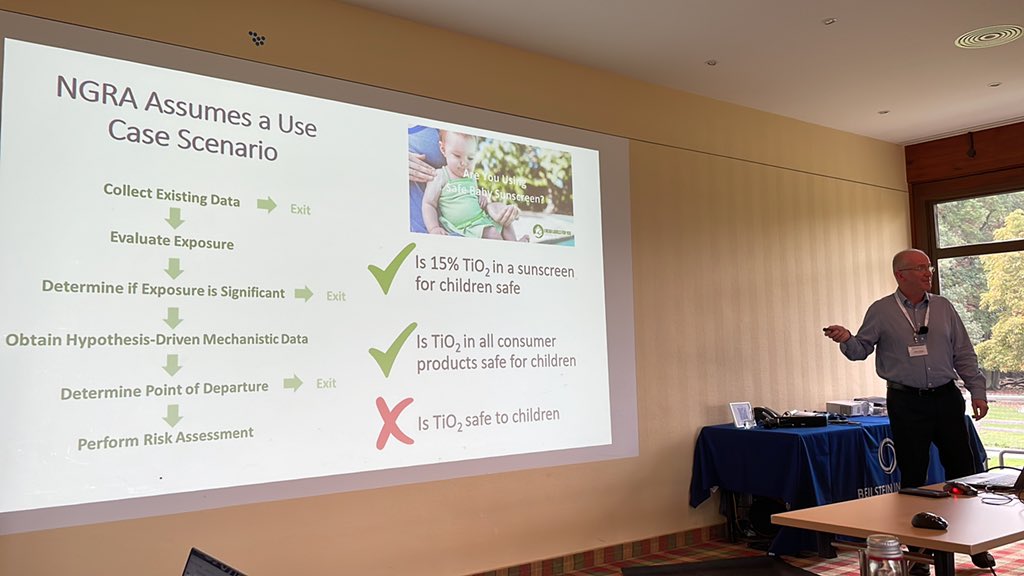
Enormous amount of work gone into this determination of exposure at organ level, and point of departure is above calculated internal dose then can assume safe! Mark summarised in a highly entertaining way despite the non-trivial nature of the questions! #beilsteinNanoinformatics
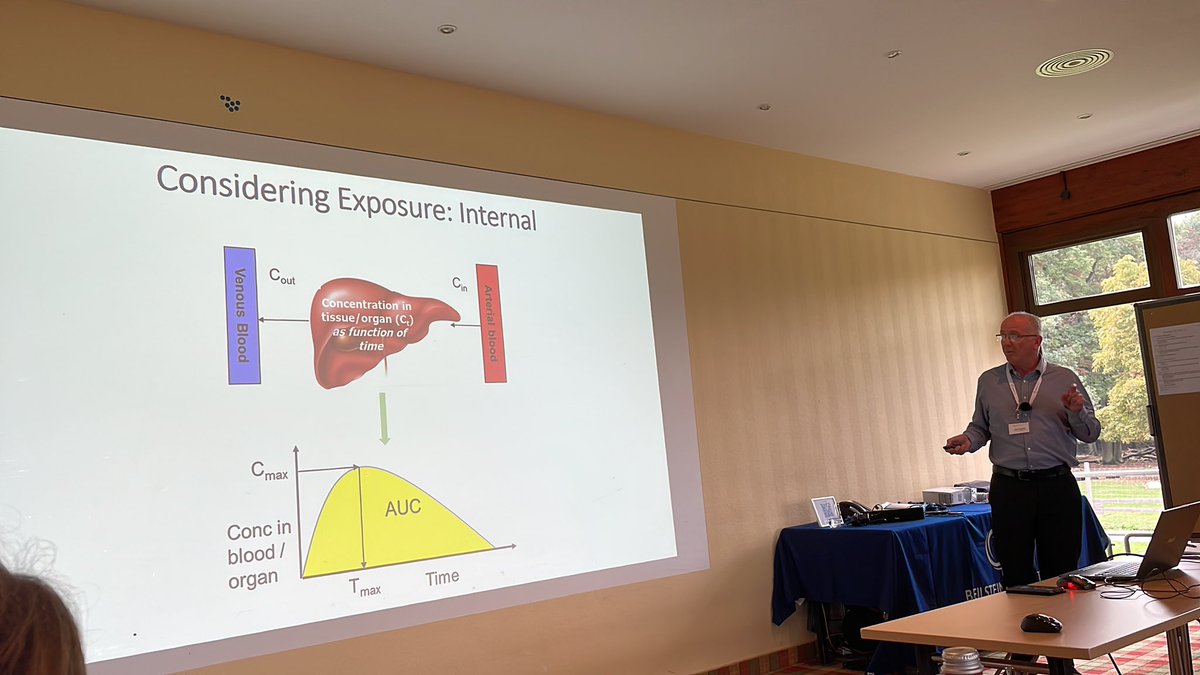
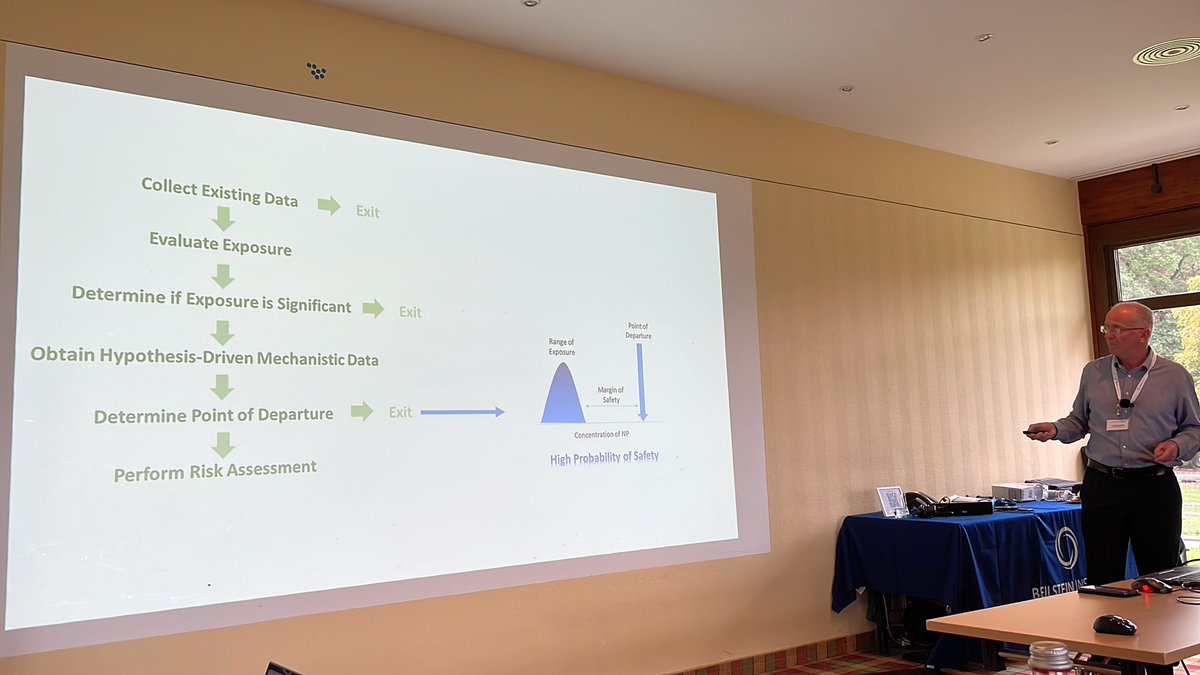
Metrics to prioritise in vitro biomarkers for lung fibrosis - prioritised from the data! Can develop in vitro tests for these biomarkers. Epitoxicogenomics as a new directions - future directions from Dario! #beilsteinNanoinformatics

To end the #BeilsteinNanoinformatics symposium in grand style, Prof. Mark Cronin @LJMU shows us how #nanoinformatics can be used as a tool to support next-generation risk assessment of #nanomaterials.

Let’s not leave exposure behind! Need the technologies highlighted this week to be sustainable - FAIRification of models also! Case studies to demonstrate applicability! Thanks all for a great meeting #beilsteinNanoinformatics

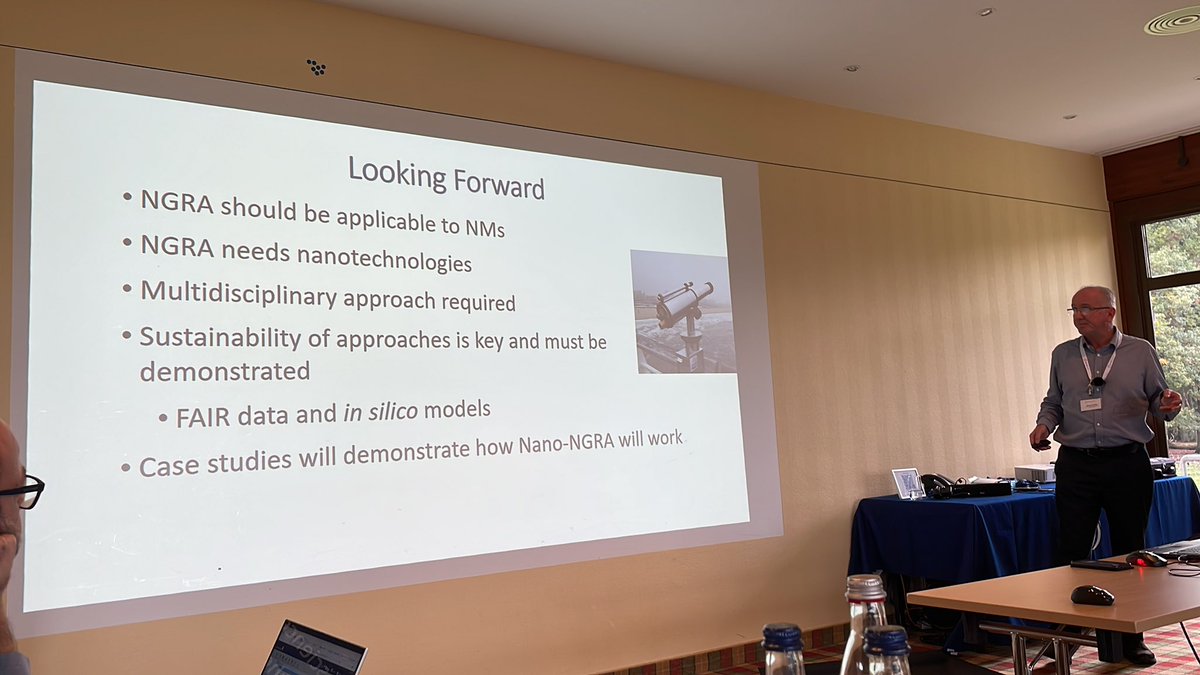
Missing values can be estimated by scaling from trend analysis - interpolation and extrapolation. Provides reliable prediction of missing data but limited to 1 independed variable as predictor!PCA allows extension by a score vector with more variables #beilsteinNanoinformatics
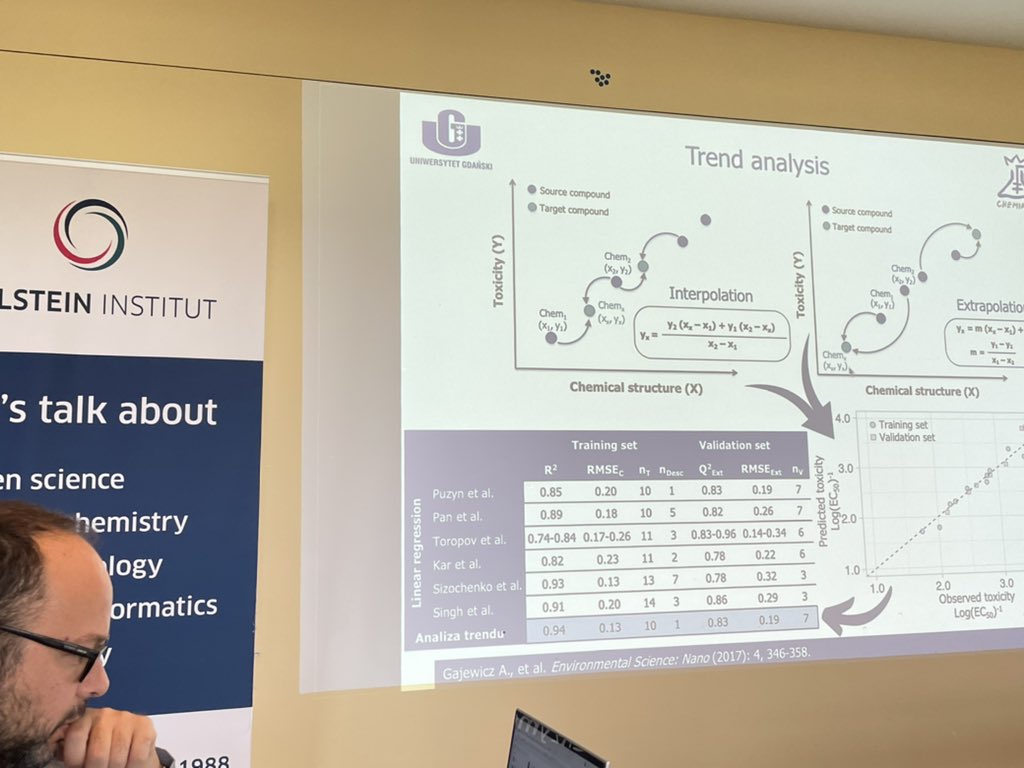
Red boxes highlight AOPs mapped to pulmonary fibrosis - eg oxidative phosphorylation- Dario suggests we use this framework to predict molecular initiating events in simplified in vitro exposures. What properties do we want biomarkers to have? #beilsteinNanoinformatics

But our great science & models are still some way from regulatory acceptance! Need to engage consumers into new ways of safety assessment & with proactive politicians (MEPs) to keep them informed! Benchmarking, mechanistic basis and uncertainty! #beilsteinNanoinformatics
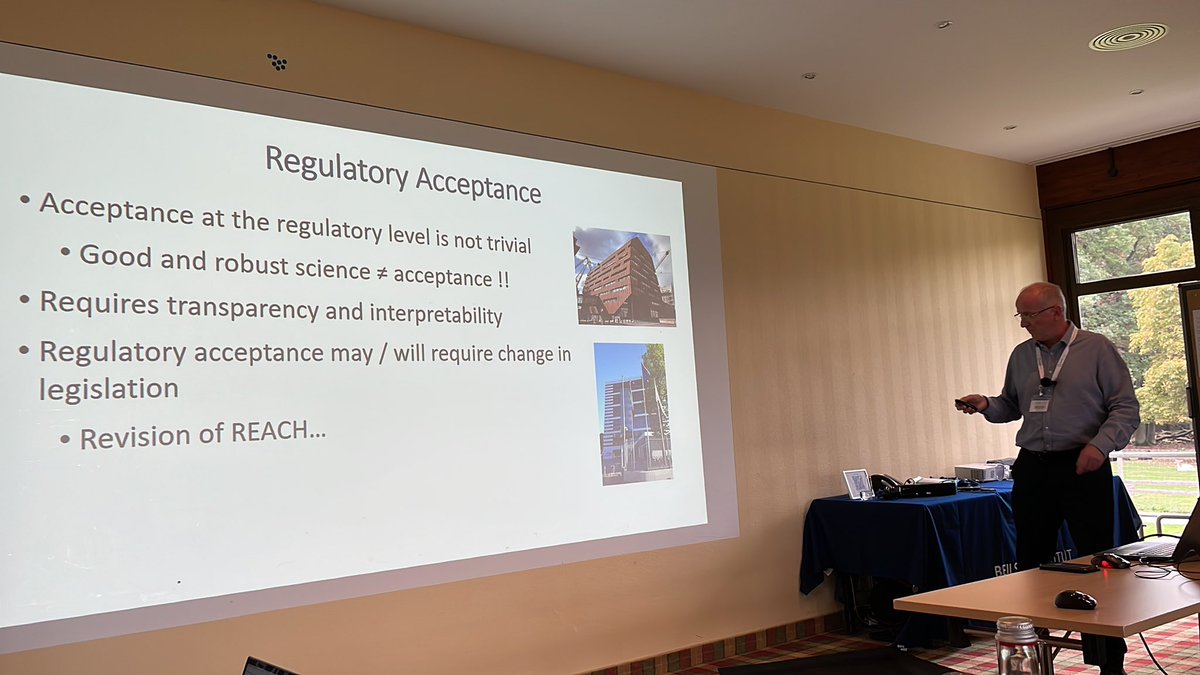
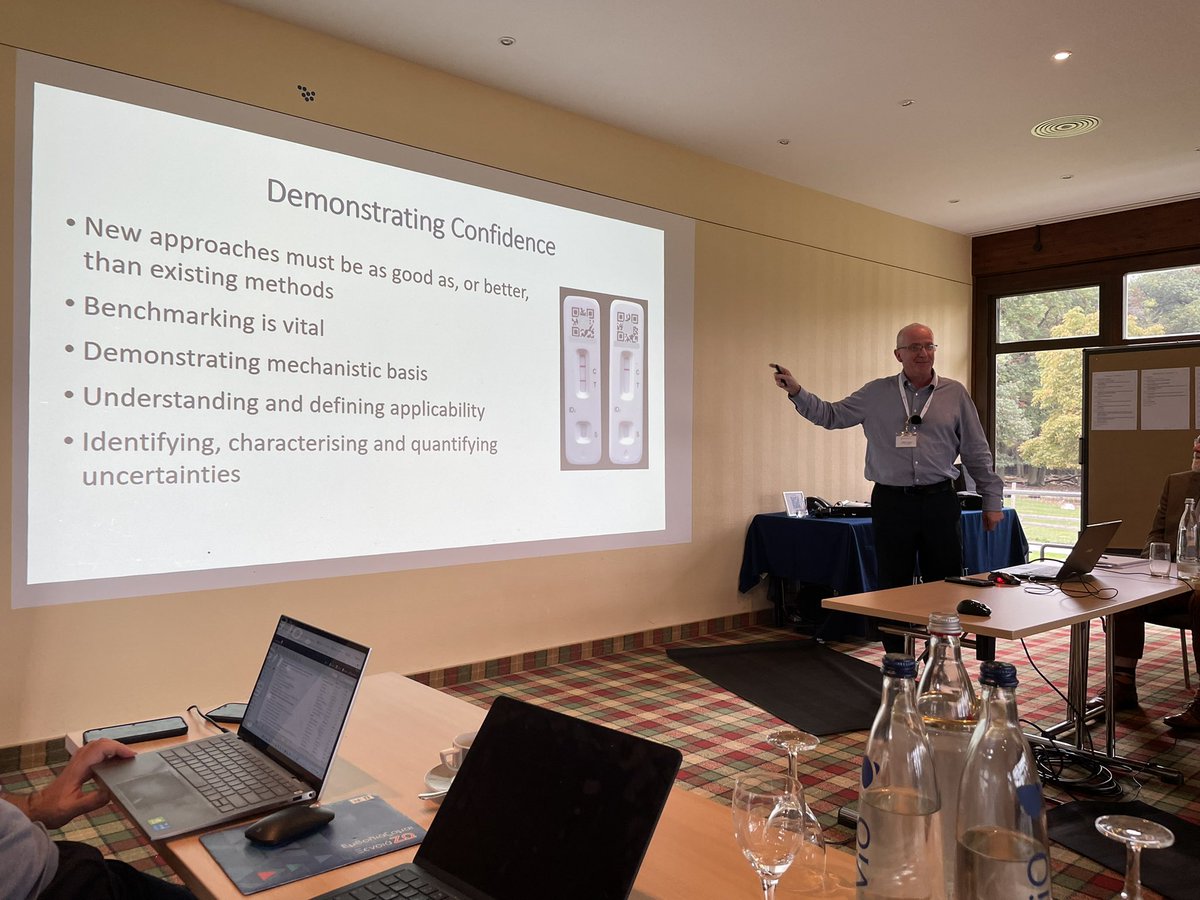
The co-organizer of the #beilsteinNanoinformatics symposium Georgia Melagraki (Hellenic Military Academy, Greece) is presenting #nanoinformatics models to predict #nanomaterials (eco)toxicity to human #health and to the #environment.

📢 The video series of talks recorded 🎥 at the Beilstein #Nanotechnology Symposium “#Nanoinformatics: Spanning Scales, Systems and Solutions” is complete ✔️ Watch and download for FREE 🔗 av.tib.eu/series/1404/be… @TIB_AVPortal @TIBHannover #BeilsteinNanoinformatics
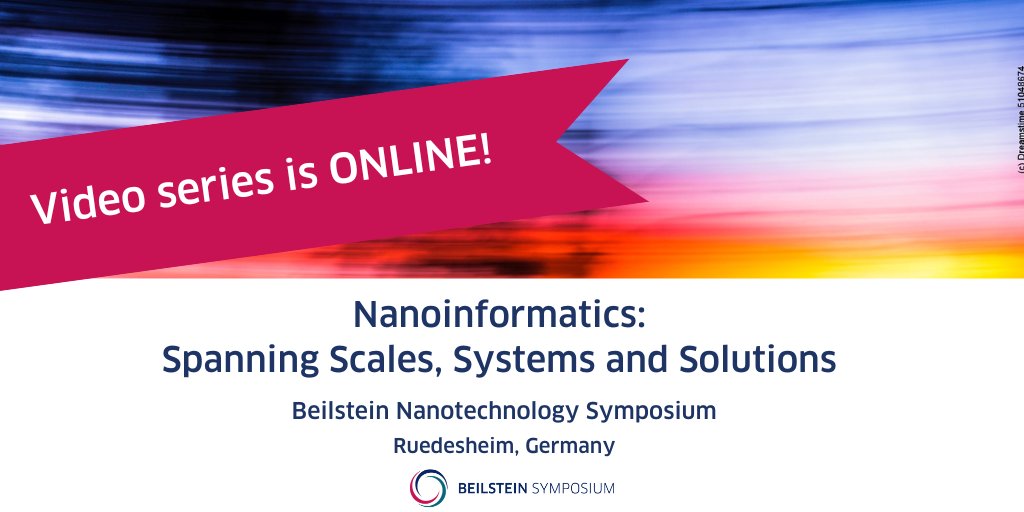
Nano-read-across predictions of ecotoxicity data of metal oxide nanoparticles Beilstein Nanoinformatics Symposium 2022 doi.org/10.5446/60749 #readacross #nanoinformatics #beilsteinnanoinformatics #compchem
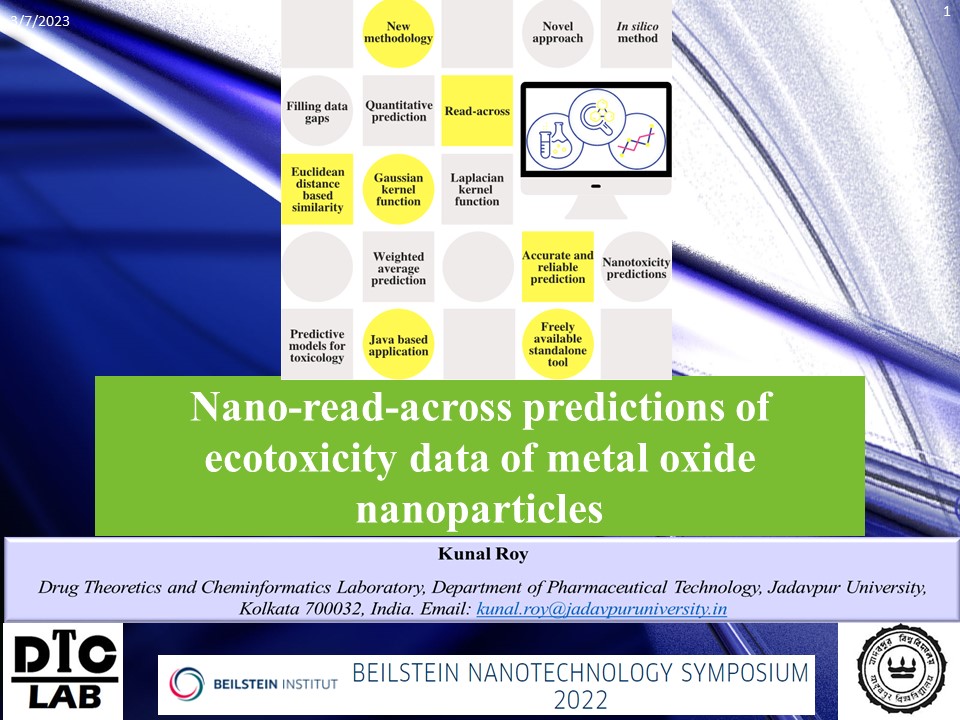
📢 The first talks of the Beilstein #Nanotechnology Symposium “#Nanoinformatics: Spanning Scales, Systems and Solutions” are NOW available 🔓 in the video portal @TIB_AVPortal of the @TIBHannover: 🔗 av.tib.eu/series/1404/be… #BeilsteinNanoinformatics More to come soon!
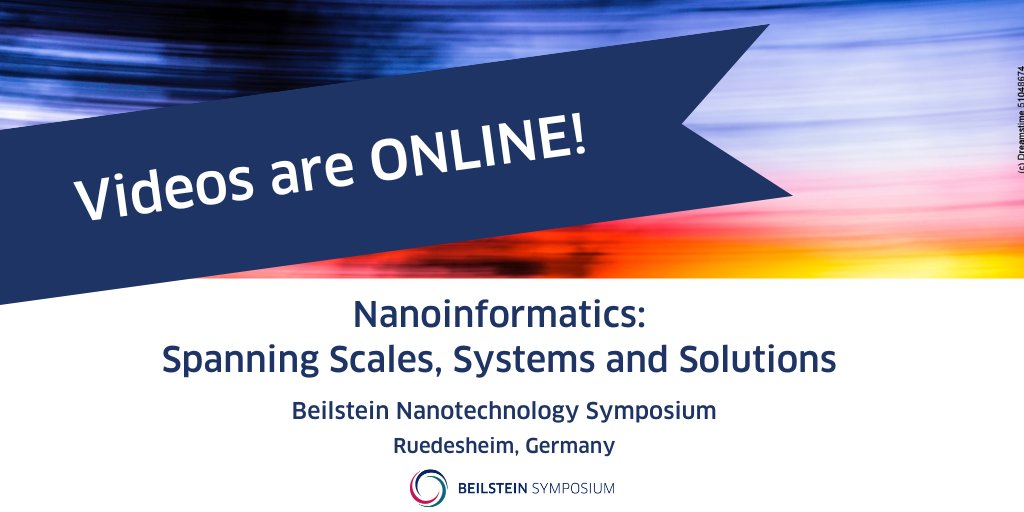
From DTC Laboratory, Jadavpur University facebook.com/dtclabju2022 Partly presented in Beilstein Nanoinformatics Symposium 2022 beilstein-institut.de/en/symposia/ar… #beilsteinnanoinformatics #noanoqsar #qsar #readacross
Good timing on foot of the discussions at the #BeilsteinNanoInformatics symposium @egonwillighagen @pennynymark
The @resdatall publishes FAIR for Research Software #FAIR4RS, adapting the #FAIRprinciples to create the #researchsoftware. Paper @ScientificData ➡️ doi.org/10.1038/s41597… #FAIRdata #RSE #reproducibility @ELIXIREurope

This week after the #BeilsteinNanoInformatics symposium, I was in gorgeous Bayreuth for the SPP Nitroconversion kick off. Excited to work as Mercator fellow with friends old #ALDevi @jean_glauber and new, the DLR/Oldenburg groups. @LabMarschall @TyndallInstitut

Yesterday was the last day of the #BeilsteinNanoinformatics symposium. We would like to wholeheartedly thank the organizers @iseult5 and Georgia Melagraki for putting together this amazing list of speakers/post presenters that we had (1/2).

I'm in full agreement with this. I learned lots of new materials and ideas that I was not aware of. At the end of it all, everything is about surfaces!! #BeilsteinNanoInformatics
Let’s not leave exposure behind! Need the technologies highlighted this week to be sustainable - FAIRification of models also! Case studies to demonstrate applicability! Thanks all for a great meeting #beilsteinNanoinformatics


But our great science & models are still some way from regulatory acceptance! Need to engage consumers into new ways of safety assessment & with proactive politicians (MEPs) to keep them informed! Benchmarking, mechanistic basis and uncertainty! #beilsteinNanoinformatics


Enormous amount of work gone into this determination of exposure at organ level, and point of departure is above calculated internal dose then can assume safe! Mark summarised in a highly entertaining way despite the non-trivial nature of the questions! #beilsteinNanoinformatics


Marks’s take on read-across - am sure many of us will re-use this image! Hypothesis-driven hazard assessment based on molecular initiating events - not all MIEs / QSARs are the same - can use read-across-QSARs to optimise! #beilsteinNanoinformatics

Grouping could be used to develop thresholds of toxicological concern for nanomaterials ! Mark tells us #beilsteinNanoinformatics




Mark summarises key challenges and reflects on what he has heard this week at the #beilsteinNanoinformatics symposium that we can address with nanoinformatics tools and approaches! Yeah! What kinds of questions do we need to answer & can we do that?



Dissemination is key. Our @dariog_helsinki presenting where we are in the world of integrated approaches for chemical safety assessment at #beilsteinNanoinformatics symposium. Great times ahead! 🧪💊 @FhaiveT @fin3rc @TampereUniMET @nanoinformatix @NanoSolveIT #iata




First papers appearing on NGRA and Mark suggests which of the 9 principles of NGRA that we are / can progress for nanomaterials! Can’t say that something is safe - just that there is a high probability something is safe! #beilsteinNanoinformatics


To end the #BeilsteinNanoinformatics symposium in grand style, Prof. Mark Cronin @LJMU shows us how #nanoinformatics can be used as a tool to support next-generation risk assessment of #nanomaterials.

Last up in this wonderful #beilsteinNanoinformatics symposium is Mark Cronin from @LJMU taking about chemicals risk assessment & the #patchwork of legislation including cosmetics & the push for next generation risk assessment (NGRA) - exposure led, hypothesis-driven, integrative

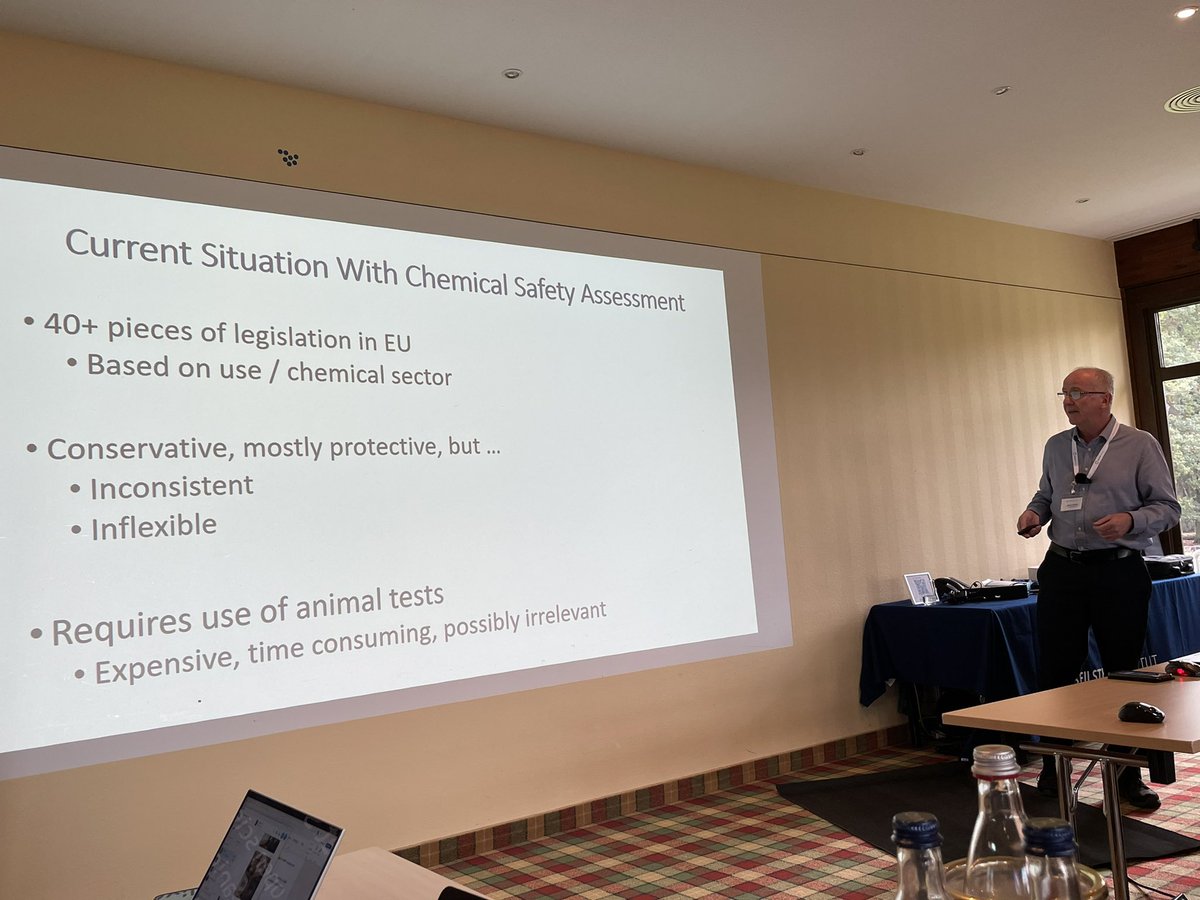
Metrics to prioritise in vitro biomarkers for lung fibrosis - prioritised from the data! Can develop in vitro tests for these biomarkers. Epitoxicogenomics as a new directions - future directions from Dario! #beilsteinNanoinformatics

Red boxes highlight AOPs mapped to pulmonary fibrosis - eg oxidative phosphorylation- Dario suggests we use this framework to predict molecular initiating events in simplified in vitro exposures. What properties do we want biomarkers to have? #beilsteinNanoinformatics

What an incredible location for the #beilsteinNanoinformatics symposium! Discussing science in the picturesque Rüdesheim am Rhein, distracted by the coziness of #autumn colours. 🍁🍂 #Scientists life can be beautiful sometimes! 👩🔬 @BeilsteinInst



This week after the #BeilsteinNanoInformatics symposium, I was in gorgeous Bayreuth for the SPP Nitroconversion kick off. Excited to work as Mercator fellow with friends old #ALDevi @jean_glauber and new, the DLR/Oldenburg groups. @LabMarschall @TyndallInstitut

The organizer of the #BeilsteinNanoinformatics symposium @iseult5 emphasizes the importance of #nanoinformatics and #nanotechnology for #sustainable and precision #agriculture.

The co-organizer of the #beilsteinNanoinformatics symposium Georgia Melagraki (Hellenic Military Academy, Greece) is presenting #nanoinformatics models to predict #nanomaterials (eco)toxicity to human #health and to the #environment.

Group Photo of Beilstein Nanoinformatics Symposium beilstein-institut.de/en/symposia/na… #beilsteinNanoinformatics
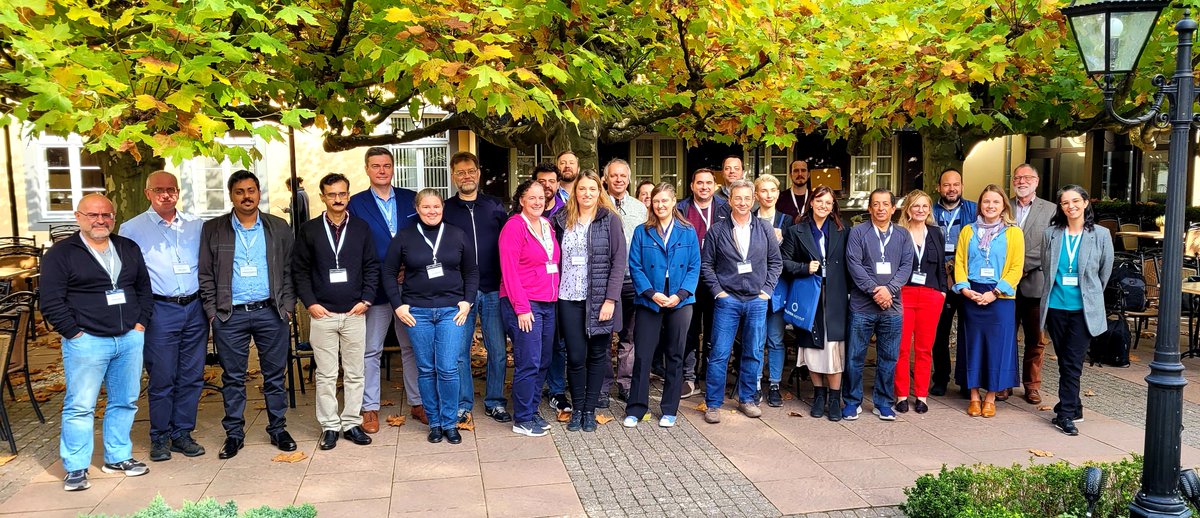
Dissemination is key. Our @dariog_helsinki presenting where we are in the world of integrated approaches for chemical safety assessment at #beilsteinNanoinformatics symposium. Great times ahead! 🧪💊 @FhaiveT @fin3rc @TampereUniMET @nanoinformatix @NanoSolveIT #iata




To start off our 2nd day of exciting talks @ #BeilsteinNanoinformatics, @pennynymark @karolinskainst talks about #FAIR principles/data and how to use #nanoinformatics for safety/quality assessment regarding exposure to #nanomaterials

Yesterday was the last day of the #BeilsteinNanoinformatics symposium. We would like to wholeheartedly thank the organizers @iseult5 and Georgia Melagraki for putting together this amazing list of speakers/post presenters that we had (1/2).

To wrap up the talks section for today, Alexander Tropsha @UNC shows modeling approaches of #nanocarrier-based #drugdelivery systems with a special focus on drugs with poor solubility. #BeilsteinNanoinformatics
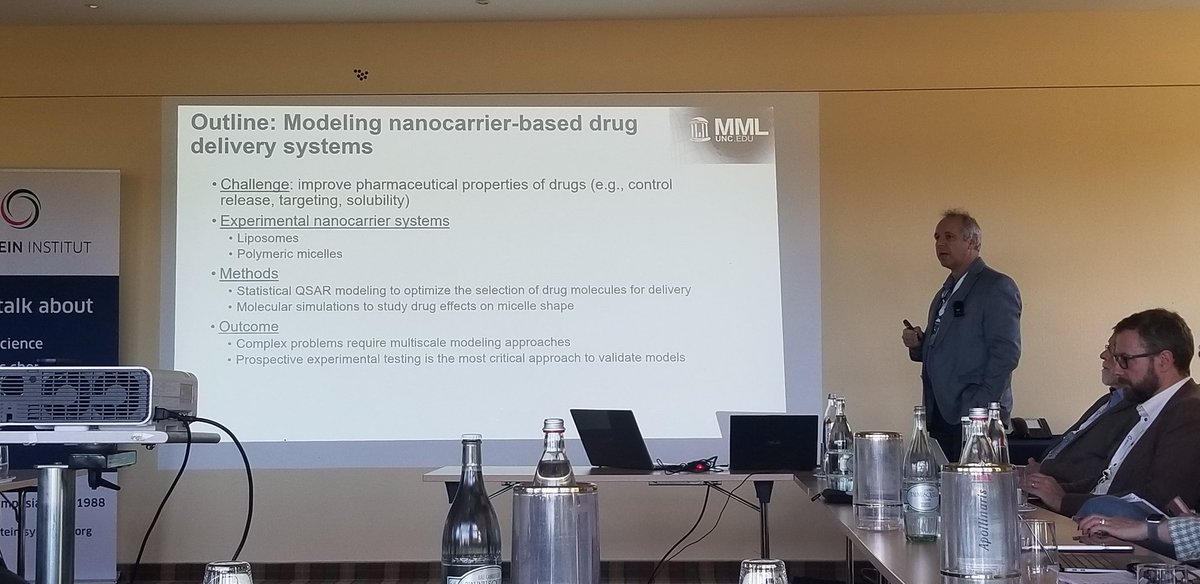
Interesting work presented by @pennynymark @karolinskainst about the Risk Assessment and Policy #SciRAPnano tool to investigate the reliability of in vitro toxicity studies of chemicals. #BeilsteinNanoinformatics

Grouping could be used to develop thresholds of toxicological concern for nanomaterials ! Mark tells us #beilsteinNanoinformatics




The scientific program of the Beilstein Nanotechnology Symposium “#Nanoinformatics: Spanning Scales, Systems and Solutions” organized by Iseult Lynch @iseult5 and Georgia Melagraki is online: 🔗 beilstein-institut.de/en/symposia/na… Online participation is FREE! #BeilsteinNanoinformatics
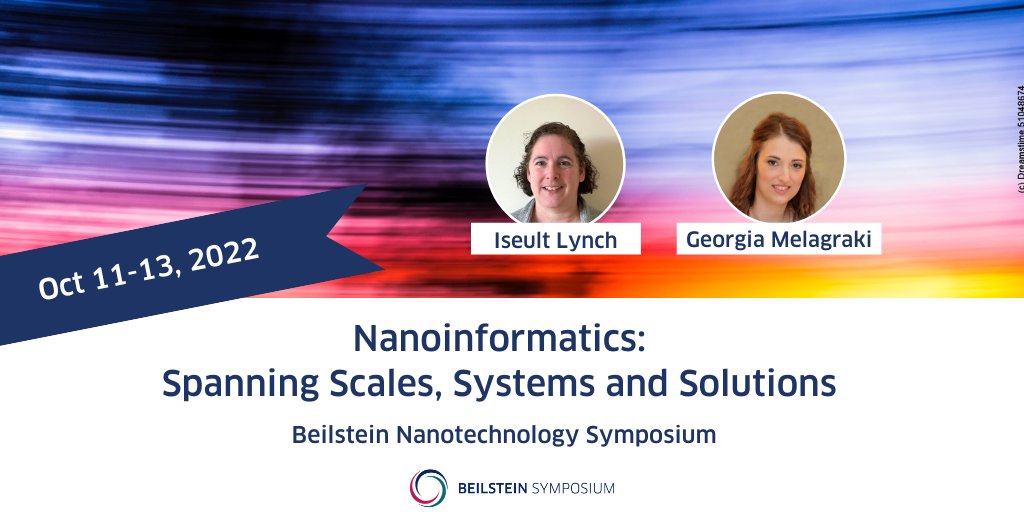
To start the last day of our #BeilsteinNanoinformatics symposium, Diego Martinez @CNPEM shows us how #nanoinformatics is key to support the integration of data, #modeling and #riskprediction of #graphene-based materials.

To end the #BeilsteinNanoinformatics symposium in grand style, Prof. Mark Cronin @LJMU shows us how #nanoinformatics can be used as a tool to support next-generation risk assessment of #nanomaterials.

Prof. @iseult5 is kicking off the #BeilsteinNanoinformatics symposium happening this week in Rüdesheim, Gemany. We welcome all the participants who are attending the conference in person and online!

First papers appearing on NGRA and Mark suggests which of the 9 principles of NGRA that we are / can progress for nanomaterials! Can’t say that something is safe - just that there is a high probability something is safe! #beilsteinNanoinformatics


Marks’s take on read-across - am sure many of us will re-use this image! Hypothesis-driven hazard assessment based on molecular initiating events - not all MIEs / QSARs are the same - can use read-across-QSARs to optimise! #beilsteinNanoinformatics

Antreas Afantitis @NovaMechanics presents #IsalosAnalytics and #EnalosCloudPlatform as user-friendly and easy-to-learn platforms that enable quick toxicity predictions. #BeilsteinNanoinformatics
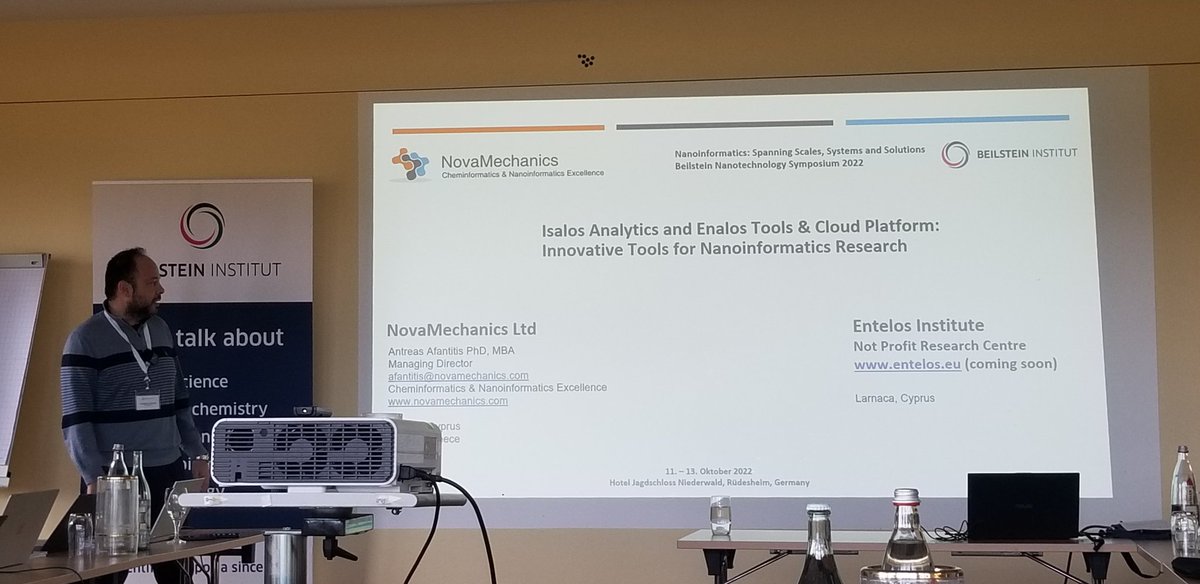
Mark summarises key challenges and reflects on what he has heard this week at the #beilsteinNanoinformatics symposium that we can address with nanoinformatics tools and approaches! Yeah! What kinds of questions do we need to answer & can we do that?



Something went wrong.
Something went wrong.
United States Trends
- 1. Luka 60.7K posts
- 2. Clippers 17.7K posts
- 3. Lakers 47.2K posts
- 4. #DWTS 94.7K posts
- 5. Dunn 6,568 posts
- 6. #LakeShow 3,474 posts
- 7. Robert 136K posts
- 8. Kawhi 6,131 posts
- 9. Jaxson Hayes 2,380 posts
- 10. Reaves 11.6K posts
- 11. Ty Lue 1,552 posts
- 12. Collar 43.4K posts
- 13. Elaine 46.1K posts
- 14. Alix 15K posts
- 15. Jordan 116K posts
- 16. Zubac 2,281 posts
- 17. NORMANI 6,306 posts
- 18. Godzilla 36.7K posts
- 19. Colorado State 2,413 posts
- 20. Dylan 34.6K posts

